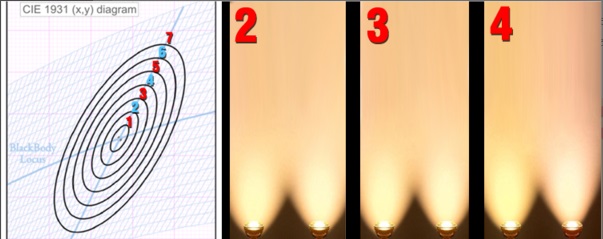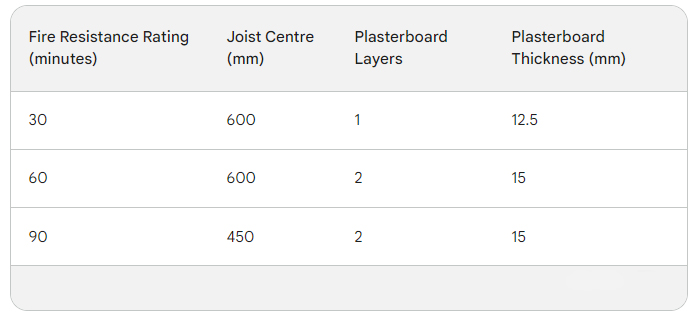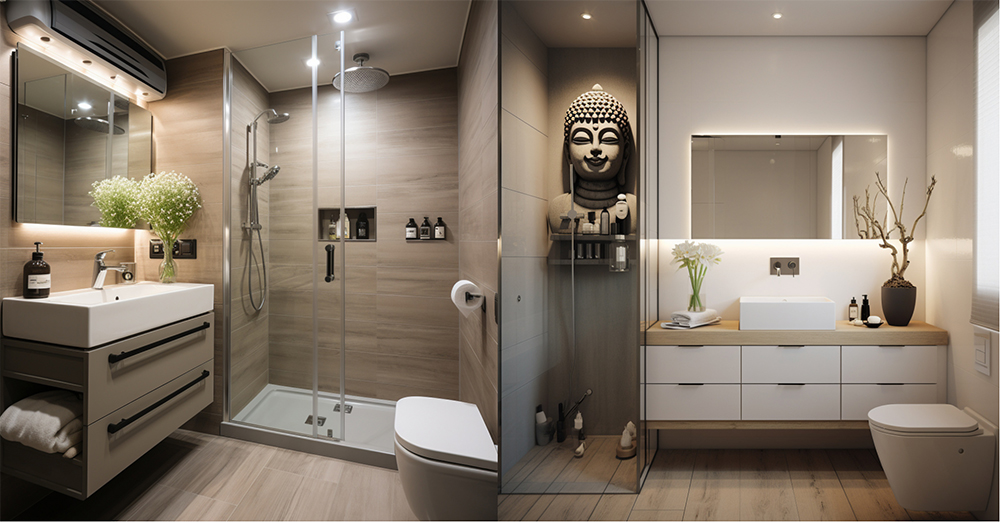Nowadays, more and more customers ask for high demands on led lighting, especially SDCM. In led lighting fields, it divides into two different parts- SDCM of led chips and SDCM of the whole lamp.

What is Standard Deviation Colour Matching, SDCM?
SDCM is an acronym that stands for Standard Deviation Colour Matching. SDCM has the same meaning as a “MacAdam ellipse”.
MacAdam Ellipse
The MacAdam ellipse is a system of color measurement. It measures how much color variation is possible around these axes before the human eye detects a color change. A series of ellipses can then be drawn around any target color, and the closer any given lamp is to the target, the less color deviation will be experienced when these lamps are placed side by side in an installation.
The distance from the target point in each ellipse is measured in SDCM. An SDCM of 1 step means that there is no colour difference between LED chips, 2-3 SDCM means that there is hardly any visible color difference while 4 or more SDCM is readily noticeable. The lower the number of SDCM, the smaller the color shift.
The requirements for most indoor environments are usually around MacAdam 2-3 SDCM. For most exterior applications, a rating of MacAdam 5 SDCM is perfectly acceptable.
Cheaper products will often use LED modules that have a range of MacAdam Ellipses beyond six, some going as high as eight. Fixtures using such modules need to be used with care. There may be general commercial of industrial areas where they are acceptable, but any requirement for colour sensitivity would rule them out.
Why is it important?
The color consistency or chromaticity consistency of the light source is important because if you have more than one lamp in close proximity the difference in colour will be noticeable and reflect on the surroundings. Uniformity will not present which could create an undesirable lighting solution.










